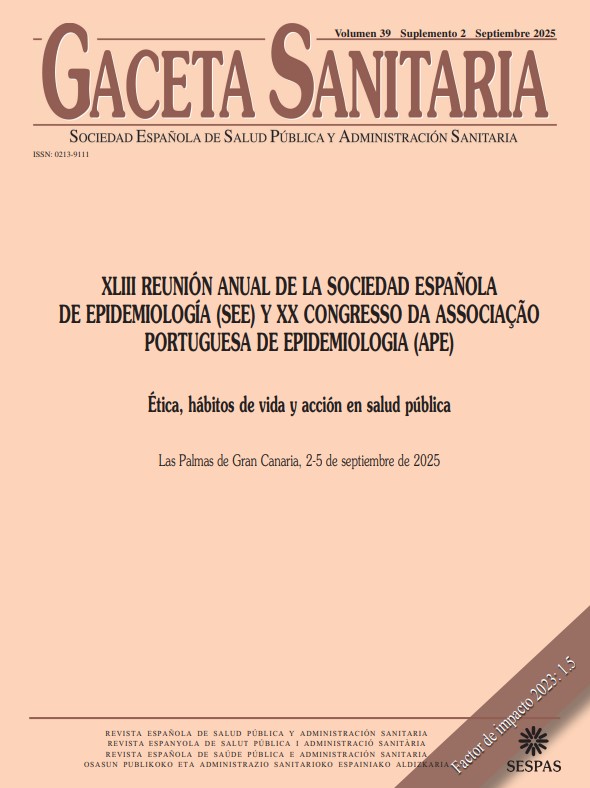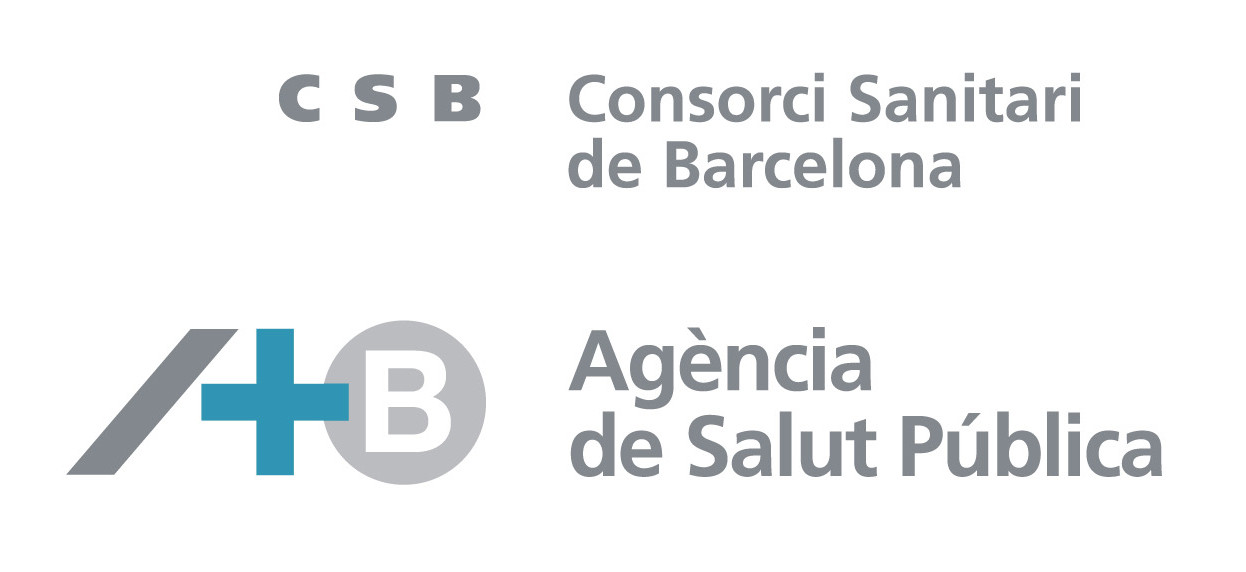599 - BARRIERS AND FACILITATORS TO IMPLEMENTING THE DIABETES PREVENTION PROGRAM IN PRIMARY HEALTH CARE SETTINGS
Universitat de les Illes Balears; IdISBa; CIBERESP; RICAPPS.
Background/Objectives: Type 2 diabetes (T2D) is a growing global public health issue, with its rising prevalence making it a leading cause of morbidity and mortality in adults. The effectiveness of the Diabetes Prevention Program (DPP) and DPP-based programs in preventing or delaying T2D onset has been well-established in clinical trials. However, the key challenge now lies in the implementation of these programs in real-world clinical practice settings. This systematic review aims to identify, appraise, and synthesize evidence on the barriers and facilitators associated with implementing the DPP in primary health care settings.
Methods: A systematic review was conducted in accordance with PRISMA guidelines. Studies were identified through searches in Medline, CINAHL, PsycINFO, EMBASE, Scopus, and Web of Science, without restrictions on study design, language, year of publication, or geographical location. Two independent reviewers carried out the selection and data extraction processes. A hybrid thematic approach was used to analyze the data. Barriers and facilitators were identified and coded based on the Consolidated Framework for Implementation Research (CFIR) and Integrated Behavior Model (IBM) frameworks at both organizational and individual levels. Implementation outcomes were then categorized according to the domains of the Proctor and RE-AIM frameworks.
Results: The systematic review included 22 studies on the implementation of the DPP in healthcare settings. Using the CFIR framework, internal barriers (such as lack of resources, workload burden, and limited incentives) and external barriers (such as the prioritization of treatment over prevention) were identified. Key facilitators included strong institutional leadership, targeted training, and contextual adaptations of the program. The DPP acceptability and adoption were higher when there was institutional commitment and clear benefits. Local adaptations improved program penetration, while sustainability depended on continued institutional support.
Conclusions/Recommendations: The integrated application of the CFIR, IBM, Proctor, and RE-AIM frameworks are useful for identifying and addressing the barriers and facilitators. It is recommended to enhance organizational commitment, ensure sustainable resources, and locally adapt the program to improve penetration and sustainability. These will support the development of implementation strategies for the DPP in primary health care settings.
Financiación: ISCIII/EU (PI23/01625).















